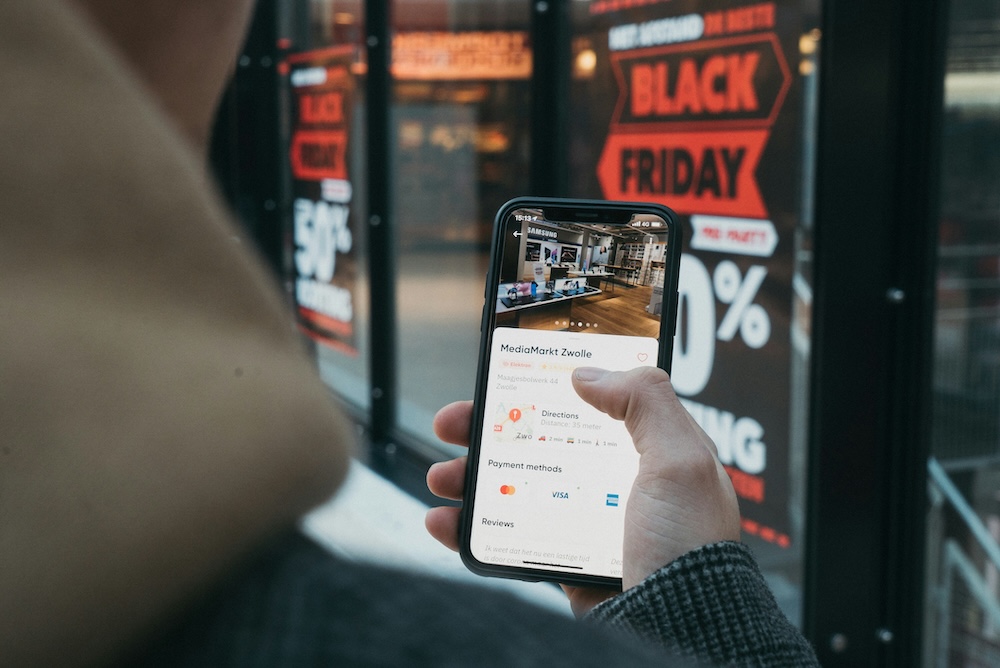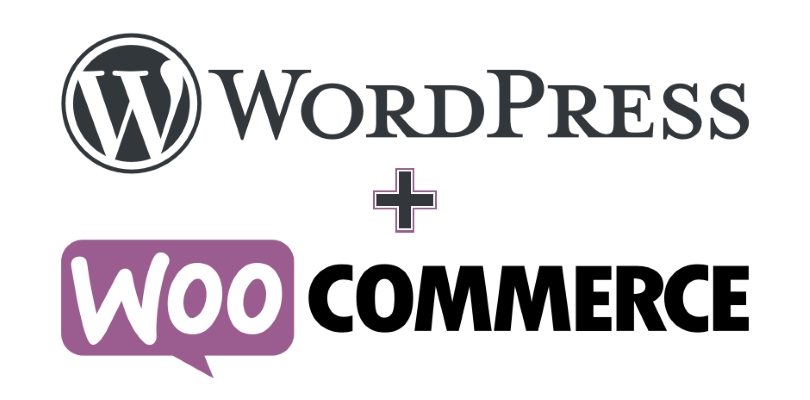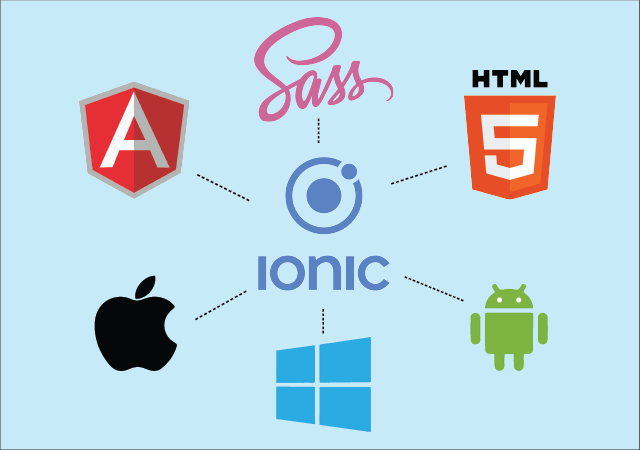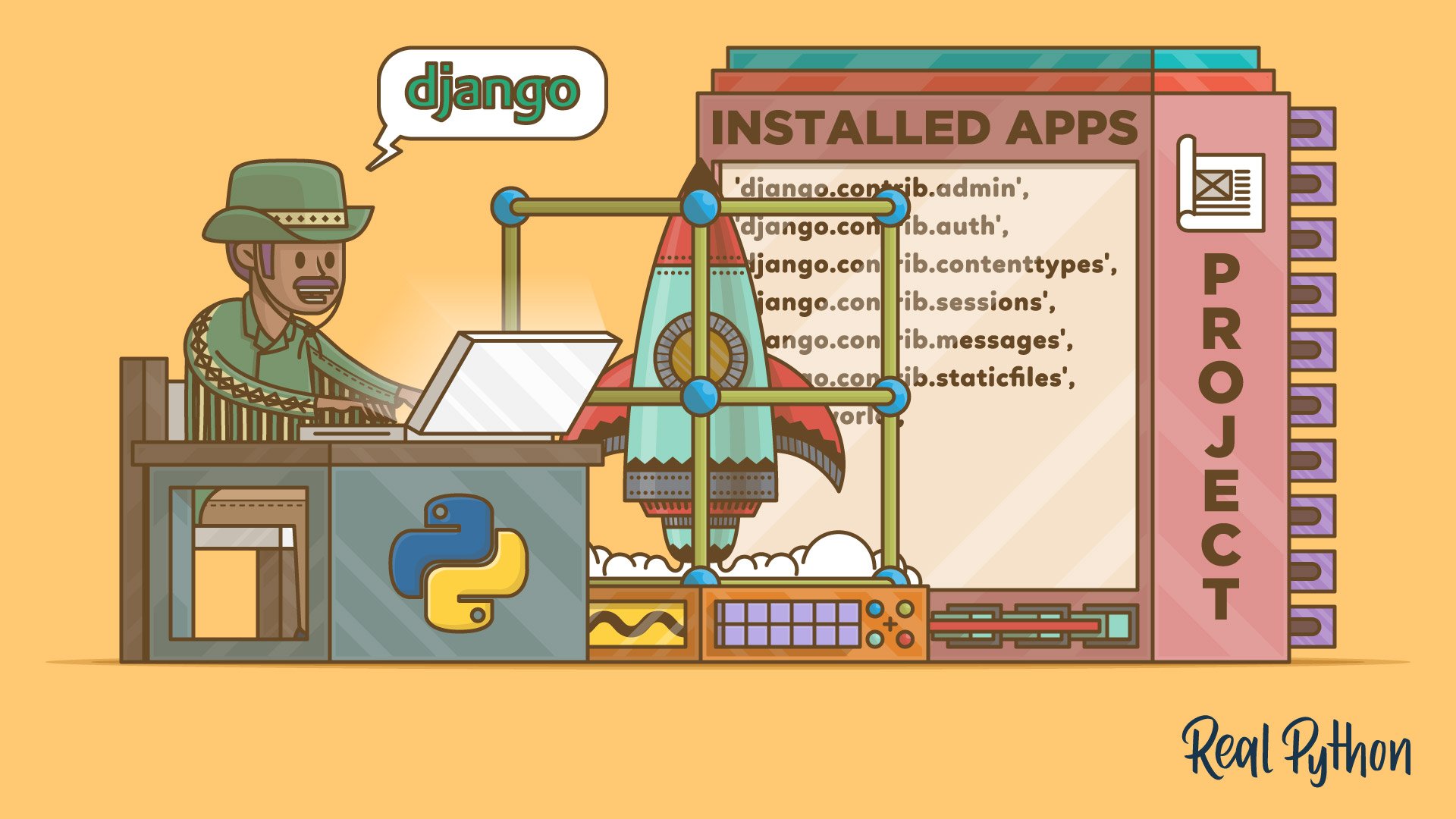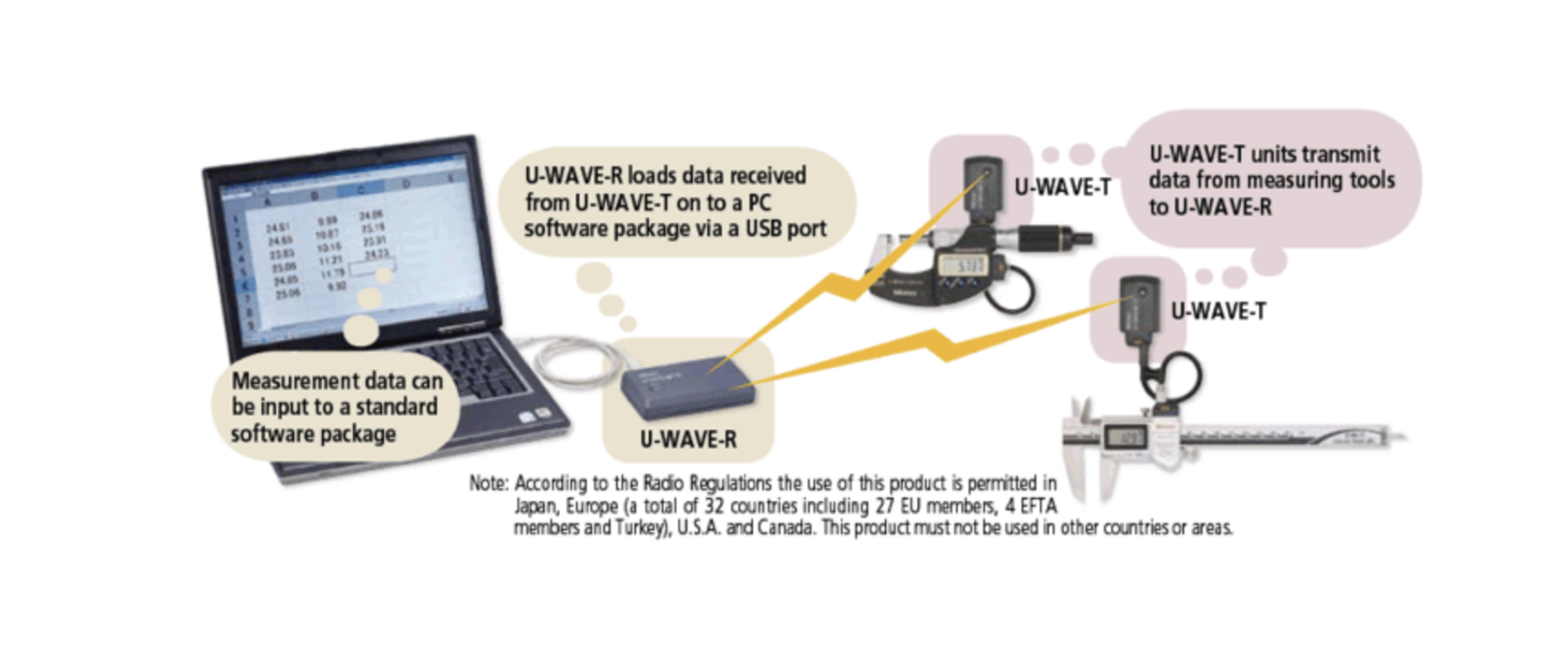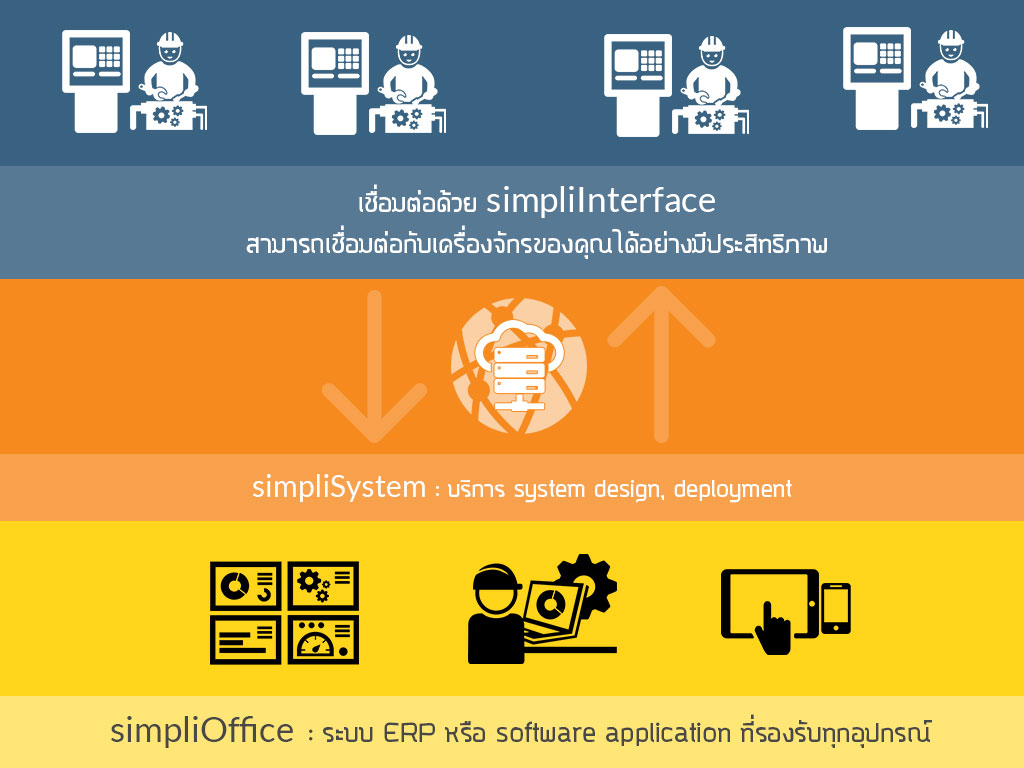Facebook Pixel ทำงานอย่างไร ?
Facebook Pixel ใช้หลักการของ web cookie เพื่อใช้ในการติดตามเส้นทางของลูกค้าที่คลิกจาก Facebook Ads ใน Marketing Campaign ของเราที่สร้างขึ้นเพื่อเพิ่มยอดขาย เมื่อทาง Facebook นี้ได้ข้อมูลการเดินทางของลูกค้าของเรา Facebook ก็จะสามารถทำ Analytic ได้ เราในฐานะคนซื้อ Ads ก็จะสามารถตรวจสอบดูค่าต่างๆ ของ Marketing campaign ของเราว่า ads ไหนที่ได้ผลดี เพื่อเป็นการพัฒนาการทำ online marketing
เรายังสามารถ Setup Event ได้ คำว่า Event คืออะไร จะอธิบายง่ายๆ ว่าคือการกระทำของลูกค้าของเราที่เกิดขึ้นใน Website ของเรา เช่น Click link หรือ Button ยกตัวอย่างเช่น Click Ads -> Land Page -> Buy Button. เราจะได้ Event ของ Buy Button หมายความว่าลูกค้าของเราสนใจซื้อสินค้าของเรา
อยากทำเว็บให้สนุกผมว่าควรจะลองศึกษาการทำงานเบื้องหลังของ technology ที่เราต้องใช้ อาจจะไม่ต้องลึกมากแต่อย่างน้อยก็ลองทำความเข้าใจธรรมชาติของมันครับ
Get in Touch with us
Related Posts
- Temporal × 本地大模型 × Robot Framework 面向中国企业的可靠业务自动化架构实践
- Building Reliable Office Automation with Temporal, Local LLMs, and Robot Framework
- RPA + AI: 为什么没有“智能”的自动化一定失败, 而没有“治理”的智能同样不可落地
- RPA + AI: Why Automation Fails Without Intelligence — and Intelligence Fails Without Control
- Simulating Border Conflict and Proxy War
- 先解决“检索与访问”问题 重塑高校图书馆战略价值的最快路径
- Fix Discovery & Access First: The Fastest Way to Restore the University Library’s Strategic Value
- 我们正在开发一个连接工厂与再生资源企业的废料交易平台
- We’re Building a Better Way for Factories and Recyclers to Trade Scrap
- 如何使用 Python 开发 MES(制造执行系统) —— 面向中国制造企业的实用指南
- How to Develop a Manufacturing Execution System (MES) with Python
- MES、ERP 与 SCADA 的区别与边界 —— 制造业系统角色与连接关系详解
- MES vs ERP vs SCADA: Roles and Boundaries Explained
- 为什么学习软件开发如此“痛苦” ——以及真正有效的解决方法
- Why Learning Software Development Feels So Painful — and How to Fix It
- 企业最终会选择哪种 AI:GPT 风格,还是 Gemini 风格?
- What Enterprises Will Choose: GPT-Style AI or Gemini-Style AI?
- GPT-5.2 在哪些真实业务场景中明显优于 GPT-5.1
- Top Real-World Use Cases Where GPT-5.2 Shines Over GPT-5.1
- ChatGPT 5.2 与 5.1 的区别 —— 用通俗类比来理解



